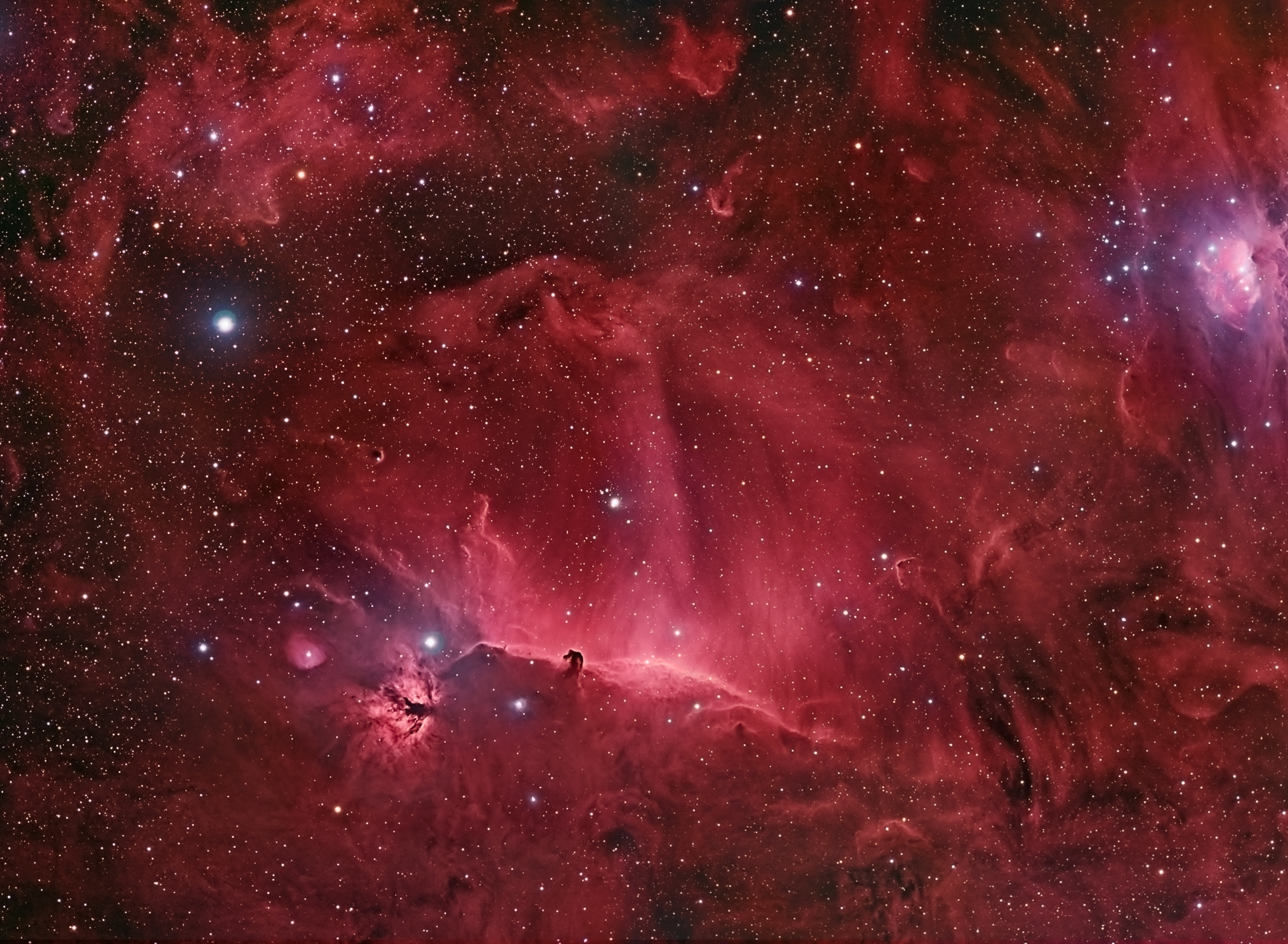Have you ever been stopped by a person on a city street who is standing next to a telescope inviting you to look up at Jupiter or the Moon or Saturn or even sunspots? Sidewalk Astronomers enjoy doing just this, planting themselves at busy intersections or interesting locations with a telescope and a smile and willingness to share the cosmos with anyone who happens across them. There is no special membership needed to be a sidewalk astronomer, just a 'scope and a socially-minded demeanor.
There is a worldwide association of
Sidewalk Astronomers
 |
| Huge Hand-Made Dobsonians |
, a loosely organized bunch of urban guerrillas who enjoy standing on the street corners of the world sharing their love of the heavens. I've done this myself from time to time, although I tend to focus more on public 'star parties' and events such as the
Mt. Tam Astronomy Nights or Yosemite National Park where I connect with visitors and share the night sky. But all of the amateur astronomers around the world owe a debt of gratitude to
John Dobson, the first sidewalk astronomer. John was passionate about sharing the sky with everyone on the planet, did so with countless hours on the sidewalks of San Francisco and elsewhere, and revolutionized the world of amateur astronomy with the development of a telescope design that now bears his name, a design that is relatively easy to construct from low cost materials and yet provides a spectacular view of the heavens.
Dobsonians are now commonplace in the world of amateur astronomy and are even sold commercially. John loved looking up at the sky and being dazzled by what he saw, and the Dobsonian is a living legacy of his passion and commitment to bring that sense of wonder to millions.
John passed away earlier this year at the ripe old age of 98. He's remembered fondly by many, including the San Francisco amateur astronomy community where he was a fixture for many of his years as a sidewalk astronomer. I only met him on two occasions, but as is the case when you brush with greatness, you know that this person is unique and special in a deep way and you come away from that encounter with a feeling that something greater was before you. I stand in awe and respect for John and am glad to be an astronomy evangelist, inspired in part by the pioneering work he did for all people on the planet.











